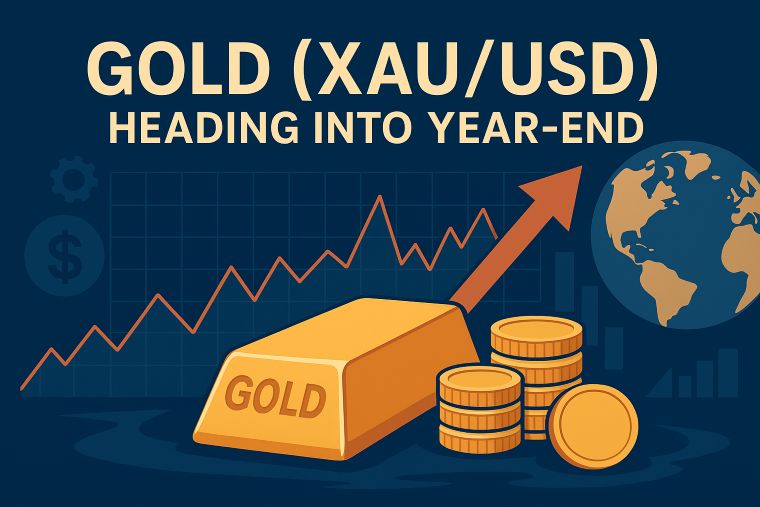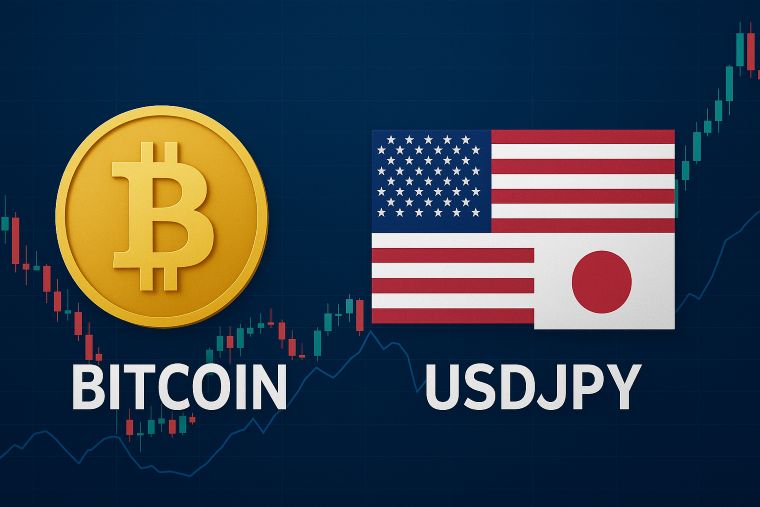2 min to read
the USDJPY has difficulty finding direction
On the recent situation where the dollar buying and yen buying are crossing.

“the USDJPY has difficulty finding direction”
The recent currency market conditions have presented challenges for the USDJPY, as the demand for both dollars and yen has been volatile and unpredictable.
In a move widely anticipated by market participants, the Bank of England increased its policy interest rate by 25 basis points to 4.50%. The minutes of the meeting revealed that the decision to raise rates was passed by a majority of 7 to 2, with two MPC members arguing for unchanged rates. The BOE emphasized that it would need to continue tightening policy if there are indications that inflationary pressures will persist. At a press conference following the announcement, Governor Bailey emphasized the importance of maintaining a policy stance that supports low and stable inflation, which he sees as fundamental to a healthy economy.
Although the pound initially rose in response to the BOE’s decision, the effect was short lived as the rate hike had already been priced in by the market. However, Governor Bailey suggested in an interview that the interest rate level is approaching a point where a pause in rate hikes may be possible.
In April, the US Producer Price Index rose by 2.3% year over year, while the Core PPI, which excludes food and energy, slowed to +3.2% YoY. These figures were below market expectations, and new US jobless claims increased to 264,000, surpassing market expectations of 245,000 and reaching their highest level since October 2021. These developments strengthened the view that rate hikes would be put on hold in June and led to a decline in the value of the dollar.
The stock market experienced a sharp decline, with the New York Dow falling by more than 400 points at one point. The dollar was preferred over the yen as a risk aversion measure in the foreign exchange market. Although the USDJPY has rebounded somewhat, the upper limit continues to weigh on the movement of the cross yen. Furthermore, the stock price of US regional bank Pacific West Bancorp fell by around 23% due to a 9.5% decrease in deposits during the week ending May 5.
The USDJPY has rebounded slightly after hitting a one week low last week. Although it fell to around 133.74 yen, the lowest level since May 4, it recovered to the mid 134 yen level as the decline in US long term interest rates slowed. The strength of the dollar also supported the USDJPY, as the pound and euro declined due to overbought positions. Additionally, it has become apparent that funds continue to flow out of some US regional banks, and a meeting between the President and the Speaker of the House of Representatives over the debt ceiling issue is scheduled for the following week.
Visit XM Official Website.

